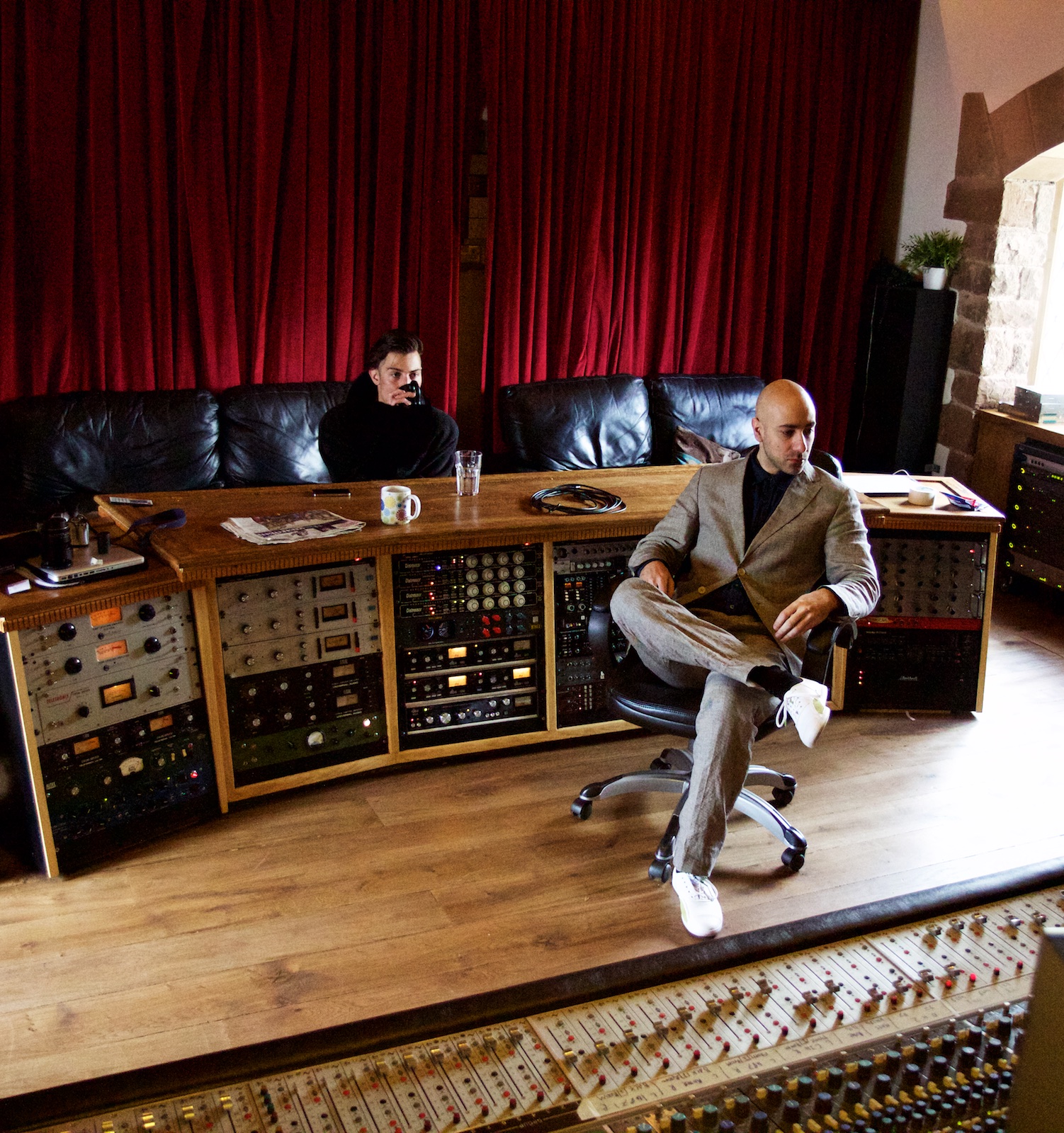Ahoy - this time we’re talking about serial compression - exactly what’s going on, and why you shouldn’t be too scared of using multiple compressors in series.
Serial compression can be very straightforward: it’s simply 2 or more compressors in series, one after another, with each compressor carrying a little (or a lot) of the workload. It can be used on individual tracks, on the master, or on any busses - in fact it would be rare that any song released these days wasn’t run through a few compressors in series, during mastering.
Essentially, the reason to be aware of/understand serial compression is because you can achieve results with it that you just can't get with a single compressor.
For example, when mixing individual tracks, I’ll often use a fast-reacting compressor with a higher ratio first to catch the higher transient peaks and increase the ‘short-term consistency’ of the audio. Then I’ll follow it up with a slower compressor at a lower ratio to deal with more long-term level variations. This way, the second compressor has a smoother, more balanced signal to work on and won't ‘pump’ or ‘breathe’ due to a sudden burst of energy on signals with occasional loud peaks. I find it really helps with dynamic vocals and inconsistent bass guitar. The classic chain for this kind of thing is an 1176 into an LA2A.
This can often result in a more transparent, natural sounding compression, as well as reduce potential negative artefacts caused by heavy compression, such as treble loss, and/or plugin aliasing - some plugins can sound okay when doing gentle compression but kind of ‘fall apart’ when being pushed. You can also benefit from the colouration or ‘character’ that both compressors will impart on the sound.
However, using two or more compressors means it’s quite easy to over-compress…
Multiplicative Ratios!
Consider a vocal that’s been recorded through a hardware compressor using a 12:1 ratio, followed by two more compressors used in serial during mixing, with a ratio of 8:1 and 2:1. Now let’s say there’s also an SSL bus compressor on the master bus applying a 4:1 ratio (which is a totally reasonable scenario for a mix I might do). What’s the full potential compression ratio that this vocal track goes through?
The answer is…
768:1 (!)
The reason: Compression ratios are multiplicative when over the threshold: 12 x 8 x 2 x 4 = 768
Given that any ratio above 10:1 is considered limiting, 768:1 seems a ‘little extreme’, and that’s before mastering with more compression and limiting. Even with no compressor used during tracking, there’s still potentially a 64:1 compression ratio being applied to the vocal. So yeah… it’s easy to over-compress using serial compression.
To break it down and really help us understand it: imagine two compressors in series, both set at a threshold of -10dB, and both with a ratio of 4:1. Theoretically, this should result in a potential 16:1 ratio using serial compression.
So, if we imagine the audio peaks at -2dB (8dB over the threshold) enters the compressor:
• After 4:1 compression the signal is now only 2dB above threshold
• Compress again with 4:1 ratio and signal only goes 0.5dB above threshold
So yeah, going from 8dB (initial signal above threshold) to 0.5 gives a 16:1 ratio (because 8 divided by 0.5 is 16).
Real World Usage
But these figures don’t tell the whole story as, in reality, serial compression is rarely (if ever) done by setting the thresholds of the two compressors identically, so the aggregate ratio of compression is much more ‘fluid’. Additionally, both compressors probably wouldn’t have the same attack and release times, the same knee, and so on, so they wouldn’t always be acting on the same part of the signal.
I’ve never even used a Fairchild on a track that ended up getting released, yet here they are, in a picture, on my website.
Some of the signal maybe be uncompressed, some parts compressed by only one compressor, and some by both. Often the second one is releasing while the other is holding, sometimes one can be attacking while the other is attacking or releasing, so the interplay becomes quite complex.
So, the result of two compressors in series and both set to 4:1 - while theoretically identical to one compressor doing 16:1 - is usually an extremely non-linear form of compression, and one that could never be achieved by a single compressor set to 16:1.
Sonically, serial compression tends to be more transparent because the attack of the second compressor is often masked by the simultaneous movement of the first - and because the compression thresholds aren’t the same, the multiplied-ratio compression is performed on a smaller part of the signal than it would be if a single compressor were doing all the work. Read that again and you’ll see that it does make sense!
Obviously, there are no rules – you can place the slower compressor first, letting transients slip though, and then deal with them with a second, faster compressor! I do this all the time when tracking in my own studio, using a DBX 160XT (in over-easy mode) first as an insert, followed by an 1176. Or use two fast compressors, two slow ones, whatever. Take care not to over compress using this technique, just experiment and have fun.
As a parting bonus: you might find that when using serial compression on a vocal requires more de-essing than you’re used to applying. But that’s okay! It doesn’t necessarily mean you’ve ‘over-compressed’ if that’s what sounds good to you, and you want a really upfront sound. Just use the method described here to go in and turn down the sibilant parts - and you might even find that you need to use a de-esser somewhere towards the end of your plugin chain, as well. Don’t worry, if you think it sounds cool, then it’s all good.
With love,
Ed 🎚🎛❤️


